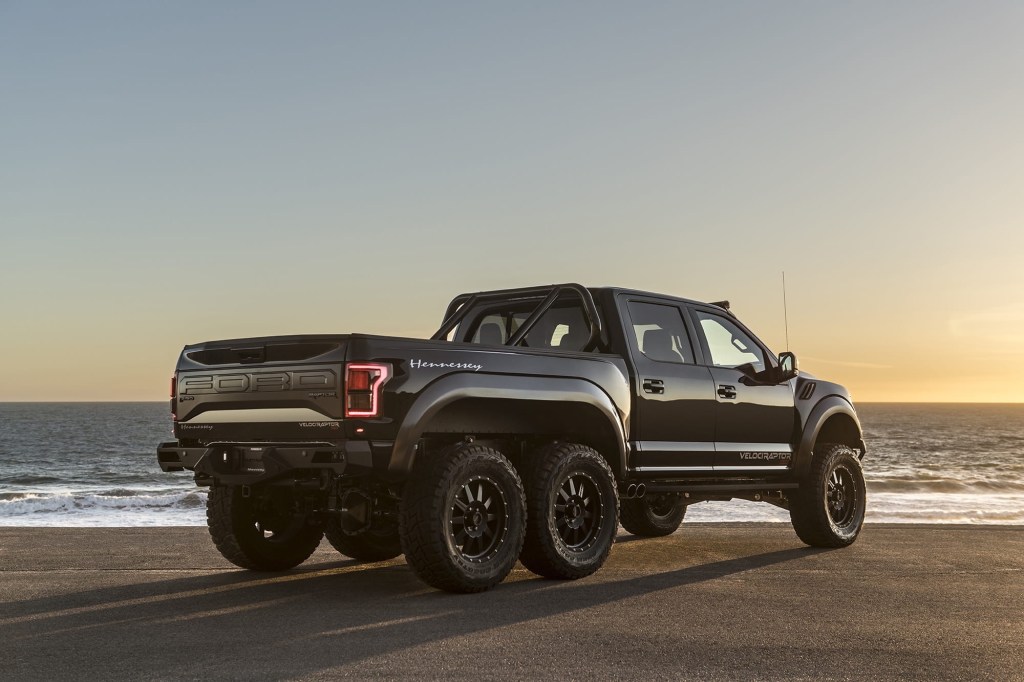- Joined
- Mar 7, 2020
- Messages
- 7,390
- Reaction score
- 10,776
- Location
- Naples, FL
- Cars
- Model S Plaid, Odyssey
- Air DE Number
- 154
- Referral Code
- 033M4EXG
Oh dear. This doesnt really bode well for structural rigidity, care to weigh in @hmp10 ?
However, i'm convinced they made the pillar thick enough, and it looks sexy AF.
I'm no engineer, but I doubt if window frames contribute anything to the structural rigidity of the body as they're not attached to the shell in any way.
Whether the doors themselves contribute anything to the structural rigidity would probably depend on the latching mechanism. Years ago, before GM introduced the hydro-formed box spine for the Corvette, GM was grappling with the legendary lack of torsional stiffness in the car. One of their approaches was a very robust door locking mechanism which transformed the doors into a stress-bearing part of the frame.
As far as I know, though, this approach remained unique to the Corvette. The Air certainly does not rely on it for stiffness.


